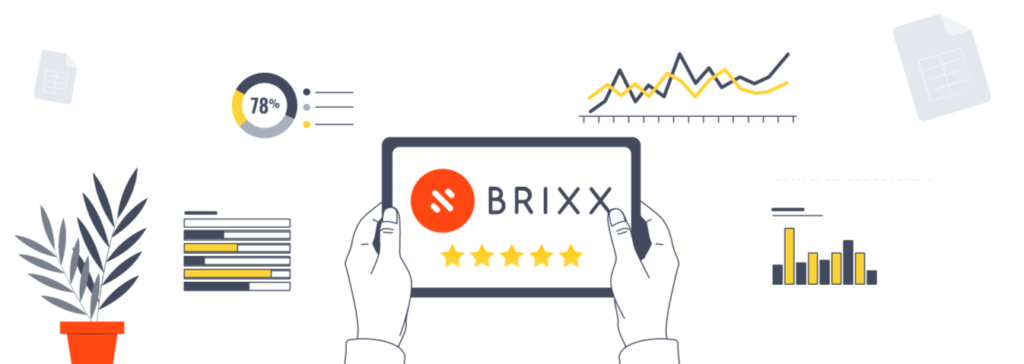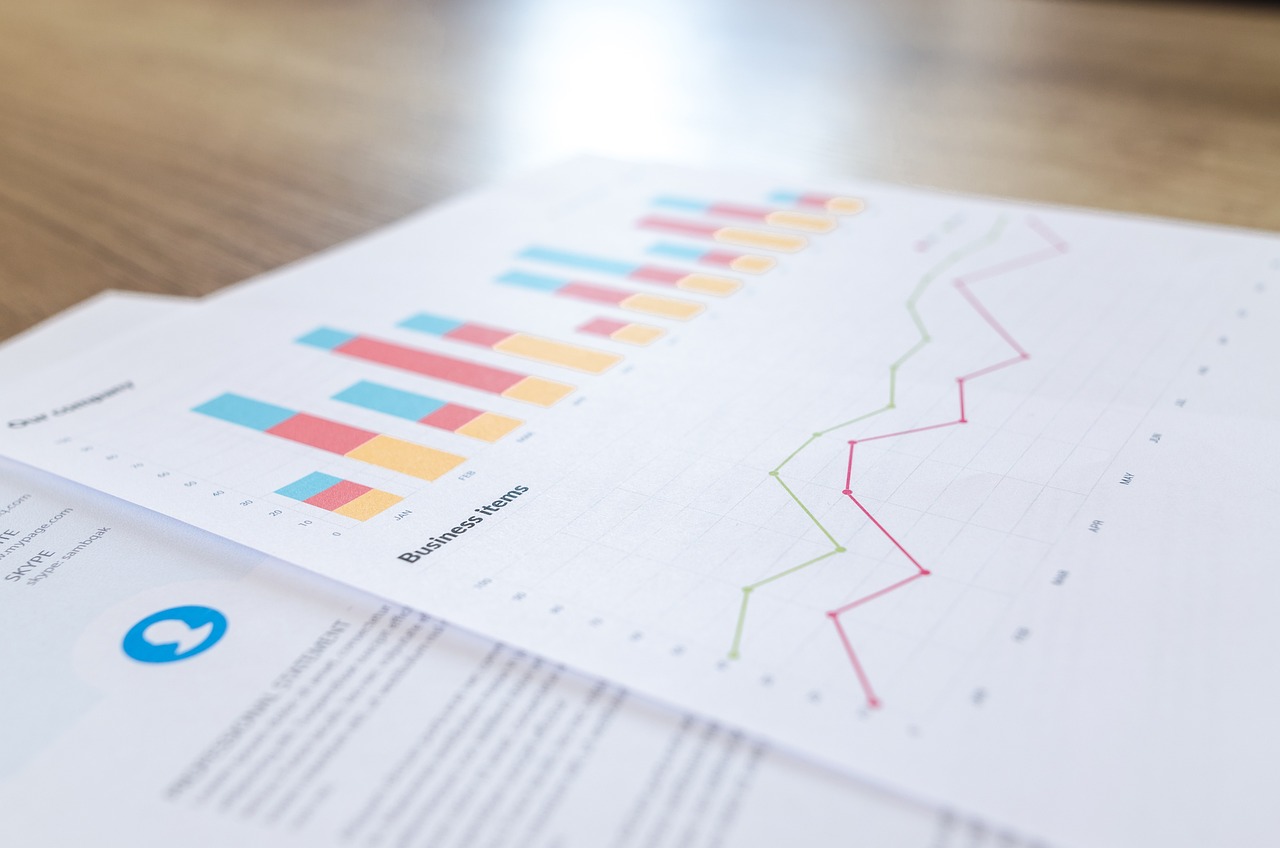

What is incremental budgeting?
Incremental budgeting is a budgeting process that involves developing a new budget by making slight adjustments to an existing one. The fundamental concept is to use the current budget as a starting point and then apply incremental changes, either adding or subtracting assumptions, to calculate the new budget amounts. Out of all budgeting methods, incremental budgeting is often regarded as the most conservative approach.
Manage your budget in Brixx
Get started with our forecasting software so that you can plan your business' future
How does incremental budgeting work?
In operation, incremental budgeting begins with the previous period’s budget. Then, you examine the needs for the upcoming year.
- How does last year’s financial performance inform the new budget?
- Should rising inflation be factored into the budget?
- Will changes in the market condition affect the budget?
- Do shifts in organizational goals require budget adjustments?
- Will operational changes necessitate budget modifications?
- Are budget adjustments needed to account for new technologies?
Based on these factors, you adjust the budget by adding or subtracting amounts as necessary.
Once you’ve made these changes, you’ve got your new budget for the upcoming year. But the process doesn’t stop there. As the year progresses, you’ll need to monitor your actual income and expenses. This allows you to compare them with the budget, and make adjustments if needed.
And that’s the cycle of incremental budgeting – starting from the previous budget, adjusting for the new year, monitoring actual figures, and adjusting as you go along. It’s a straightforward approach that builds upon what you’ve done before.
What are the advantages of incremental budgeting?
Incremental budgeting offers several advantages that make it a popular and practical budgeting approach for many businesses. Here are some of the key advantages of incremental budgeting:
- Straightforward implementation
Incremental budgeting is a straightforward process that is easy to understand and implement. It builds on the previous budget, making it familiar to budget managers and employees. This simplicity can save time and effort, especially for businesses with limited resources or expertise in complex budgeting methods. - Stability and predictability
Incremental budgeting provides a sense of stability and predictability in financial planning. Since it maintains the core elements of the previous budget, it allows businesses to maintain a certain level of consistency in resource allocation and spending patterns. This stability can be particularly valuable for businesses with stable or predictable revenue streams. - Efficient resource allocation
By making incremental adjustments to the previous budget, businesses can allocate resources efficiently to support ongoing operations and projects. It ensures that necessary resources are available without the need for constant reevaluation of every budget item. - Saves much needed time
Incremental budgeting is generally less time-consuming compared to other budgeting methods like zero-based budgeting. Instead of starting from scratch each time, budget managers can focus on reviewing and adjusting existing budget figures. This efficiency can free up time for managers to focus on other strategic aspects of the business. - Make easy periodic comparisons
Incremental budgeting allows for easy comparisons between different budget periods. By building on the previous budget, businesses can track changes and trends over time, enabling them to identify patterns and better understand their financial performance. - Avert risk
Incremental budgeting tends to be a conservative budgeting approach. It may be suitable for businesses that prefer to avoid significant financial risks and prioritize financial stability. This approach can be beneficial for organizations in industries with slow or uncertain market changes. - Allows for short-term planning
Incremental budgeting is often used for short-term planning cycles, such as annual or quarterly budgets. It allows businesses to plan and allocate resources for a specific period, making it suitable for organizations with short-term goals and objectives.
Despite these advantages, incremental budgeting also has its limitations, which we will explore more below.
What are the limitations of incremental budgeting?
While incremental budgeting offers several advantages, it also comes with certain limitations that you and your businesses should be aware of. Understanding these limitations can help you make informed decisions about whether incremental budgeting is the most appropriate approach for your financial planning:
- Lack of flexibility
Incremental budgeting may result in a lack of flexibility in resource allocation. Since the budget is primarily based on the previous period’s figures with incremental adjustments, it may not allow for significant reallocation of resources to respond to changing business needs or unexpected opportunities. - Inefficient resource allocation
The budgeting approach may retain inefficient spending patterns. If certain departments or projects are consistently allocated the same incremental increases, it might not reflect their actual resource requirements. This can lead to ineffective resource allocation and missed opportunities for cost-saving measures. - Risk of budget padding
In incremental budgeting, there may be a tendency for budget managers to pad their budgets to secure additional resources. This can result in inflated budget figures and reduced budget accuracy, as managers may request more than they actually need to ensure they have enough to cover potential contingencies. - Limited new ideas and projects
Incremental budgeting might hinder innovation and new initiatives. Since it builds upon existing budgets, it may not provide sufficient room for funding new projects or experimenting with novel ideas. This limitation could hamper a company’s ability to stay competitive and adapt to changing market conditions. - Neglect of zero-based analysis
Unlike other budgeting methods like zero-based budgeting, incremental budgeting may not encourage a thorough review of every budget item. Critical evaluation of the necessity and efficiency of each expense may be overlooked, leading to missed opportunities for cost savings and process improvements. - Rigid budgeting cycles
Incremental budgeting often follows fixed budgeting cycles, such as annual or quarterly budgets. This rigidity might not align well with businesses that operate in dynamic environments where financial needs and priorities change rapidly. - Overemphasis on historical data
While historical data is valuable, relying solely on previous performance might not fully account for changing market conditions or emerging trends. The budgeting process may fail to consider external factors that could significantly impact a company’s financial requirements.
To mitigate the limitations of incremental budgeting, businesses can consider adopting a hybrid approach, combining elements of incremental budgeting with other budgeting methods. Ultimately, the choice of budgeting approach should align with the specific goals, culture, and operating environment of the organization.
- Recommended Reading: Cash Budgets Explained
Example of incremental budgeting
Let’s take a coffee business budget as an example.
Company: Coffee House Delights
Last year’s budget (2022):
- Raw materials (coffee beans, milk, sugar, etc.): $30,000
- Rent & utilities: $20,000
- Salaries & wages: $100,000
- Marketing & advertising: $10,000
Total budget for 2022: $160,000
Now, Coffee House Delights decides to use an incremental budgeting approach for the next year. Due to an increase in business and inflation, they decide to increase each category by 10%.
Budget for 2023:
- Raw materials: $30,000 x 1.10 = $33,000
- Rent & utilities: $20,000 x 1.10 = $22,000
- Salaries & wages: $100,000 x 1.10 = $110,000
- Marketing & advertising: $10,000 x 1.10 = $11,000
Total budget for 2023: $176,000
In this case, each category in the budget was simply increased by 10% from the previous year. This is a very simple example of how a business might use incremental budgeting.
Use Brixx to help with your budgeting
Brixx is a financial forecasting software and business planning tool that can help businesses create and manage budgets, including incremental budgeting. Here’s how you can use Brixx for incremental budgeting:
- Set up your initial budget: Start by entering your initial budget for the first year in Brixx. Input the various revenue and expense categories with their corresponding amounts.
- Review historical data: Brixx can import historical financial data from your accounting software or spreadsheets. Analyze the previous year’s actuals to identify trends and patterns to guide your incremental adjustments for the upcoming year (year 2).
- Make incremental adjustments: Based on the historical data, apply incremental adjustments to the relevant budget categories. For example, you might decide to increase the marketing budget by a certain percentage or add funds to a specific project budget.
- Monitor performance: Once the budget for year 2 is set with incremental changes, Brixx can help you monitor actual expenses and compare them to the budgeted amounts. This allows you to identify any variances and make informed decisions to improve future budgeting accuracy.
- Repeat the process: At the end of Year 2, update the actuals in Brixx and use the software to plan for year 3. This in particular can be done within Brixx Professional. Review the historical data, make incremental adjustments, and continue the budgeting cycle.
Brixx can streamline the budgeting process, improve accuracy, and provide valuable insights to aid decision-making. However, it’s important to remember that using any financial software, including Brixx, requires a clear understanding of your business’s financial data and objectives to ensure the budgeting process aligns with your specific needs. You can pick up some help with an accounting partner.















